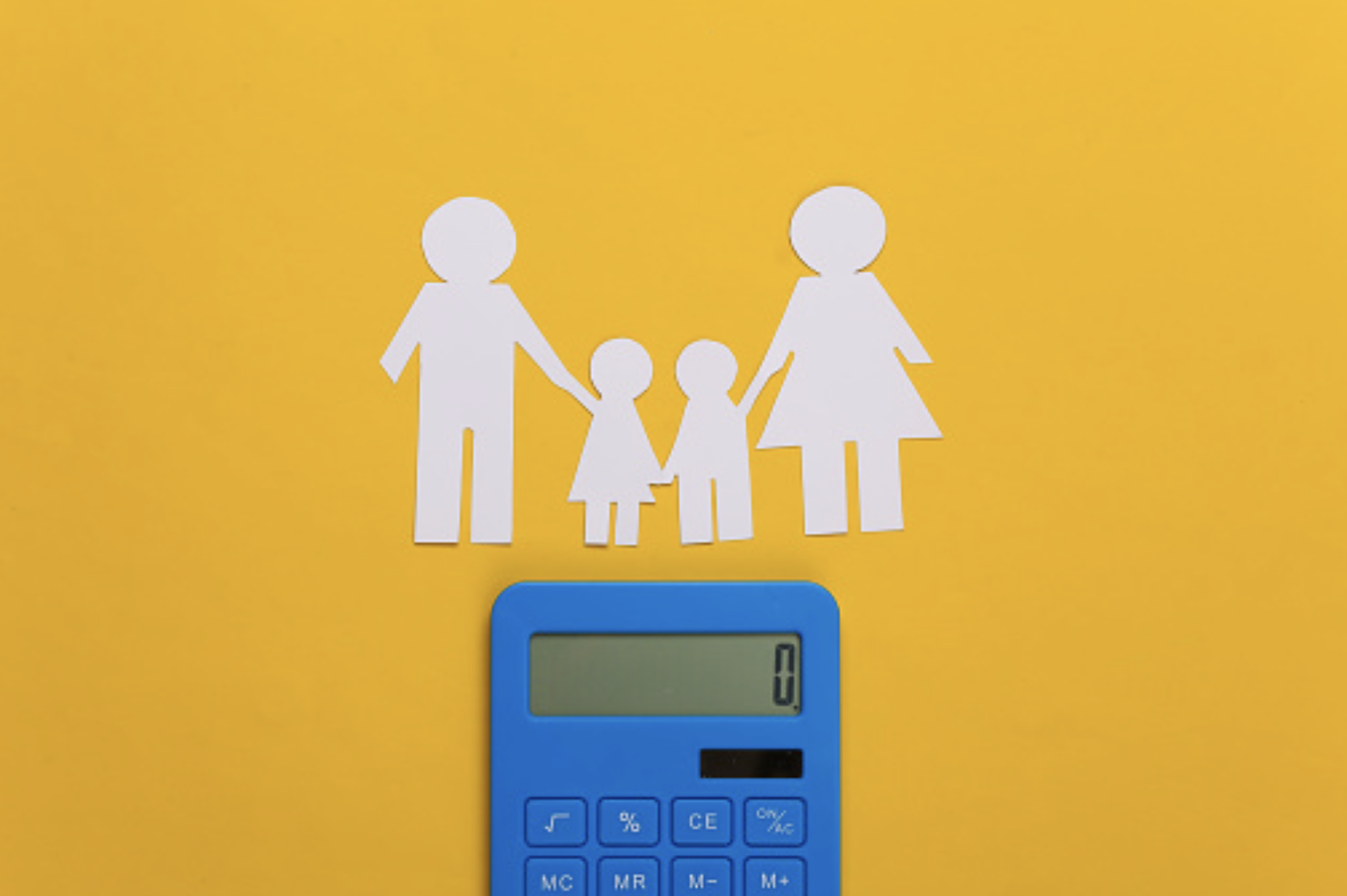Paternity leave in the UK
Paternity leave is a crucial benefit that allows fathers to take time off work after the birth or adoption of a child. In the UK, fathers are entitled to paternity leave, but the rules and regulations surrounding it can be confusing. As with all types of leave in the UK, employers should be aware of the impact paternity leave has on pay and employees themselves.

In this post, we will explore how much paternity leave fathers are entitled to, who is eligible for paid paternity leave, how paternity pay is calculated, the difference between paternity leave and maternity leave, and whether the MATB1 form is needed for paternity leave.
How much paternity leave are fathers entitled to the UK?
Fathers in the UK are entitled to take up to two weeks of paternity leave. The leave must be taken all at once. A week is classed as how many days a father usually works in a given week. Note this is the maximum amount of paternity leave that fathers can take, and they cannot take more than this unless their employer has a policy that allows it. Paternity leave can’t start before the birth date and ends within 56 days of the child’s birth.
Who is entitled to paid paternity leave?
Not all fathers are entitled to paid paternity leave. To qualify for paid paternity leave, a father must meet the following criteria:
- Has been working for the same employer for at least 26 weeks by the end of the 15th week before the expected week of childbirth (EWC) or the week in which the adopter is notified of having been matched with the child.
- Is the biological father of the child(ren), the mother’s husband or partner (including same-sex partners), or the child’s adopter
- Is responsible for the child’s upbringing.
- Has given the correct notice to the employer
If a father meets these criteria, he can receive statutory paternity pay (SPP) for up to two weeks of paternity leave. The current rate of SPP is £151.20 per week or 90% of the father’s average weekly earnings, whichever is lower.
How is paternity pay calculated?
Paternity pay is calculated based on the father’s average weekly earnings. This is calculated over an eight-week period, known as the relevant period, which is the period ending with the last complete pay week before the 15th week prior to the EWC or the week in which the adopter is notified of having been matched with the child. If the father’s earnings are variable, the relevant period is the eight weeks prior to the end of the last complete pay week before the EWC or adoption match.
How is paternity leave different from maternity leave?
Paternity leave and maternity leave are two different types of leave.
Maternity leave is available to women who are having a baby or adopting a child, while paternity leave is available to fathers or partners of the mother who are having a baby or adopting a child. Maternity leave is longer than paternity leave, and women are entitled to up to 52 weeks of leave.
However, only a portion of this time is paid, with the first six weeks paid at 90% of the employee’s average weekly earnings, followed by 33 weeks paid at the current rate of £151.20 per week.
Is MATB1 form needed for paternity leave?
To qualify for paternity leave, the father must give their employer at least 15 weeks’ notice before the expected week of childbirth or adoption. The father should also fill out this SC3 form, which should be passed to the employer.
In conclusion, paternity leave is a significant benefit that allows fathers to spend time with their newborn or adopted child.



